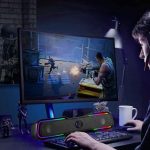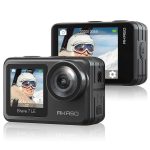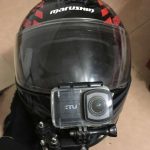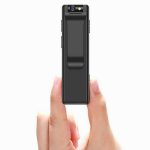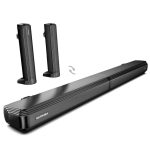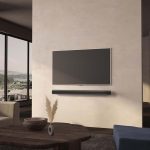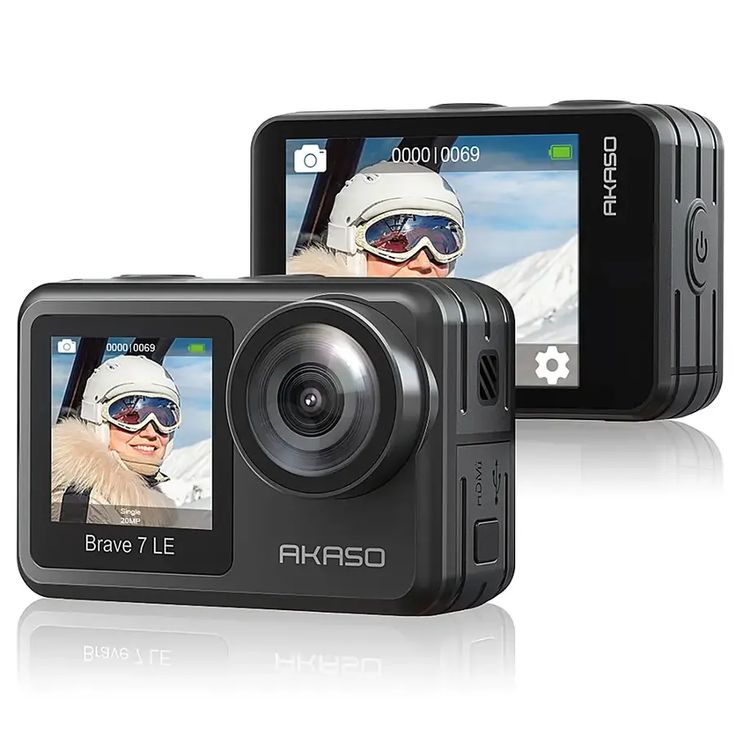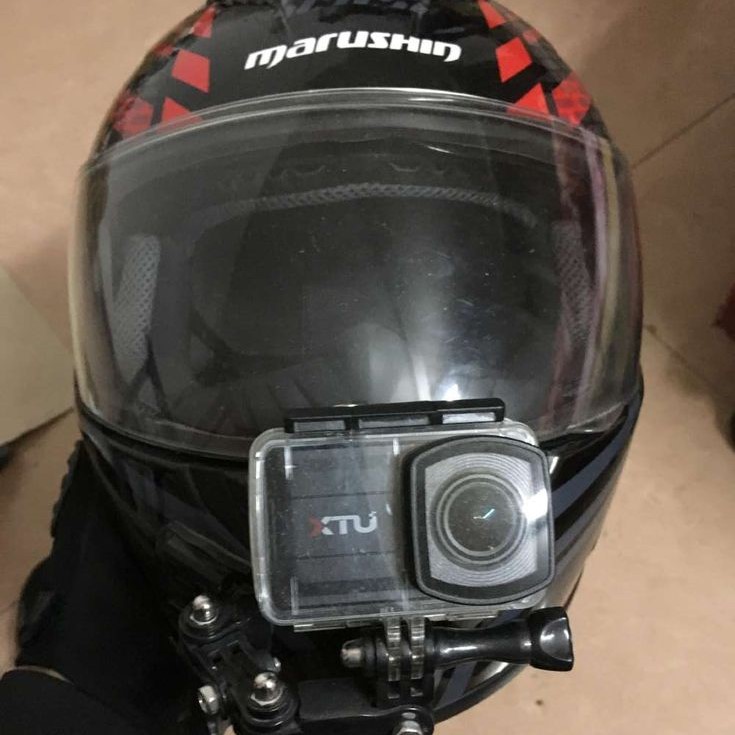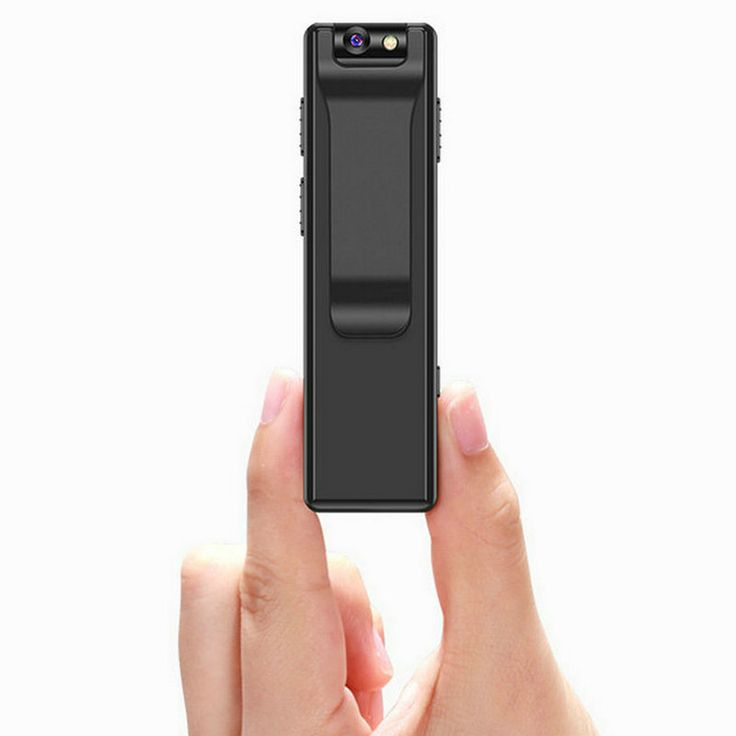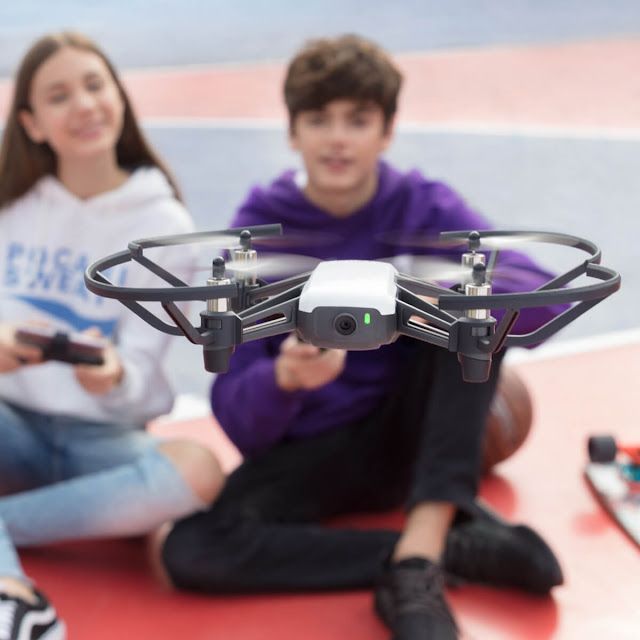Getting Started with Small Drone Photography
Embarking on the journey of small drone with camera photography comes with an exciting blend of creativity and technicality. Whether it’s to capture sprawling landscapes or action-packed sporting events from above, piloting a small drone elevates your photographic perspective literally and figuratively. Let’s get you airborne with some foundational steps.
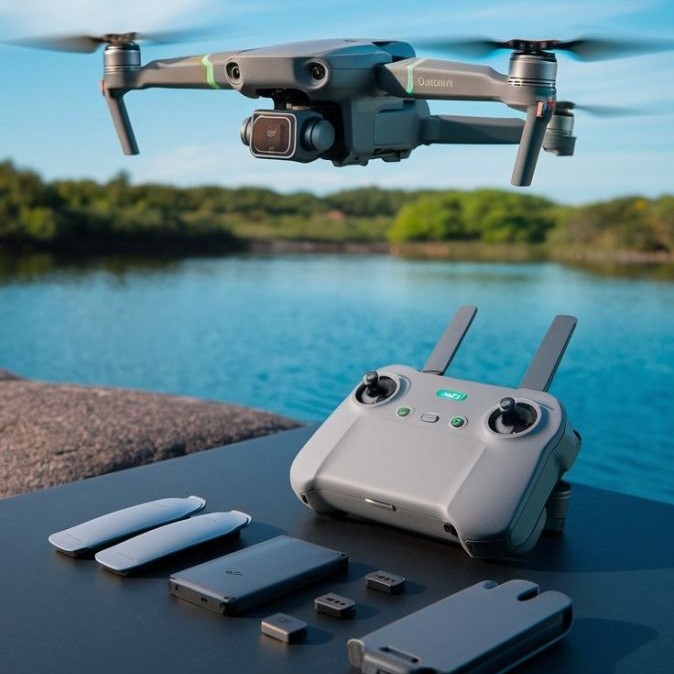
Choosing the Right Drone
Selecting a small drone that fits your photography needs is crucial. For beginners, opting for a drone that has a balance between quality camera specifications and user-friendly controls is ideal. Key features to look out for include camera resolution, battery life, and stability mechanisms to handle windy conditions. It’s best to weigh these factors against your budget to find a small drone with camera that’s just right for you.
Essential Gear for Drone Photography
Beyond the drone itself, several accessories can enhance your aerial photography experience. Invest in extra batteries for extended shooting sessions and consider a quality carrying case for protection. An array of lenses can also play a pivotal role, allowing you to capture different photographic effects. Lastly, don’t forget an ample-sized memory card to store those stunning shots.
Understanding Drone Photography Regulations
Before you take to the skies, familiarize yourself with local drone regulations. This covers flight ceiling limits, proximity to public spaces, and time of day restrictions. Ensure that you always maintain line of sight with your drone and are aware of any privacy laws that could affect where you fly and photograph. Stay informed and compliant to ensure a smooth flight experience for everyone involved.
Mastering Drone Controls for Better Photography
To take stunning aerial shots, you need to master the controls of your small drone with camera. This mastery will allow you to navigate with precision and capture the best images possible. Here are some tips and techniques to refine your drone piloting skills for better photography.
Basic Maneuvers for Drone Photography
Before diving into complex techniques, ensure you’re comfortable with the basics:
- Takeoff and Landing: Practice smooth takeoffs and gentle landings to prevent damage to your drone or camera.
- Hovering: Hovering is an essential skill for capturing clear and stable images. Work on keeping your drone steady in one spot.
- Rotating: Learn to rotate your drone smoothly to achieve different angles without losing control.
- Ascending and Descending: Control the elevation of your small drone with camera carefully to compose your shot perfectly from the required height.
- Directional Movement: Move forwards, backwards, left, and right with confidence and ensure each movement is intended to frame your shot better.
Start with an open space that allows you to practice these maneuvers safely, without obstacles.
Advanced Drone Controlling Techniques
Once you’re confident with the basic movements, try these advanced techniques:
- Orbiting: Circle around an object to create dynamic and captivating footage.
- Fly-throughs: Navigate through tight spaces for an impressive perspective. Be cautious and practice in safe environments first.
- Tracking: Follow a moving subject while keeping them in frame. This is great for action shots.
- Course Lock: Use this feature, if available, to lock the drone’s flight direction regardless of its orientation, making it easier to focus on camera work.
Remember, each maneuver and technique enhances your potential to take incredible aerial photographs. Spend time practicing to refine your skills. Always keep your small drone with camera within line of sight and adhere to local regulations while operating.
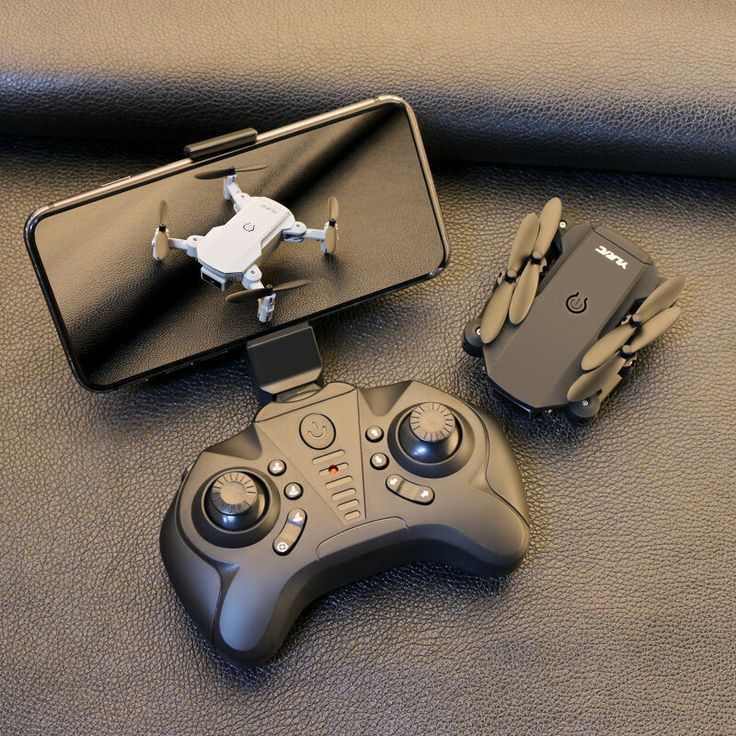
Camera Settings for Optimal Aerial Shots
When it comes to small drone with camera photography, the right camera settings are essential for capturing the clarity and beauty of the scenery from the skies. Adjusting exposure, ISO, shutter speed, and aperture can all significantly impact the final image. Knowledge of camera modes further enhances the potential for striking aerial imagery.
Adjusting Exposure and ISO
Proper exposure is key in balancing the light that enters the camera’s sensor. With your small drone with camera, start by setting the exposure manually to gain full control over the image’s brightness. ISO measures the camera’s sensitivity to light. To avoid grainy pictures, keep the ISO as low as possible, especially in bright conditions. If lighting is low, slowly increase the ISO, but watch for unwanted noise in the images.
Selecting the Right Shutter Speed and Aperture
Shutter speed determines how long the camera’s sensor is exposed to light. A fast shutter speed freezes motion, which is ideal for capturing clear shots of moving subjects or in windy conditions. Conversely, a slower shutter speed can create a blur effect, giving a sense of motion to your photographs. The aperture controls the depth of field. It helps in focusing on the subject while keeping the background out of focus or vice versa. Lower aperture values give a shallow depth of field, excellent for highlighting specific details from above.
Utilizing Different Camera Modes
Getting familiar with different camera modes will elevate your drone photography. Modes like aperture priority allow you to control depth of field while the drone adjusts other settings. Shutter priority is perfect for controlling motion capture. Experiment with different modes to see which works best for the aerial scenes you are trying to capture. Remember, practice makes perfect. The more you experiment with these settings, the better your photos will turn out.
Composition Techniques in Drone Photography
Great composition can transform a simple aerial shot into a stunning piece of art. To achieve this, certain techniques can be quite helpful.
The Rule of Thirds from Above
Applying the rule of thirds works wonders in small drone with camera photography. Imagine your image divided by two horizontal and two vertical lines, creating nine equal segments. Aim to place the most interesting parts of your scene at the points where these lines intersect. Doing so adds balance and interest, making for eye-catching images.
Playing with Perspective and Scale
Drones offer a unique perspective that can play with scale. For example, what’s large on the ground may appear tiny from above. Use this to your advantage by contrasting different elements within the shot. Look out for patterns or shadows that only reveal themselves from an aerial viewpoint. These contrasts can create compelling images that tell a story.
Using Weather and Lighting to Your Advantage
Weather can greatly influence the mood and aesthetic of your photographs. Capturing the golden hour light can add warmth and depth. Similarly, post-storm lighting can provide dramatic shadows and contrasts. Cloud patterns can also bring an interesting dynamic to the composition. Always be mindful of the sun’s position to manage glare and maximize the natural lighting for your small drone with camera shots.
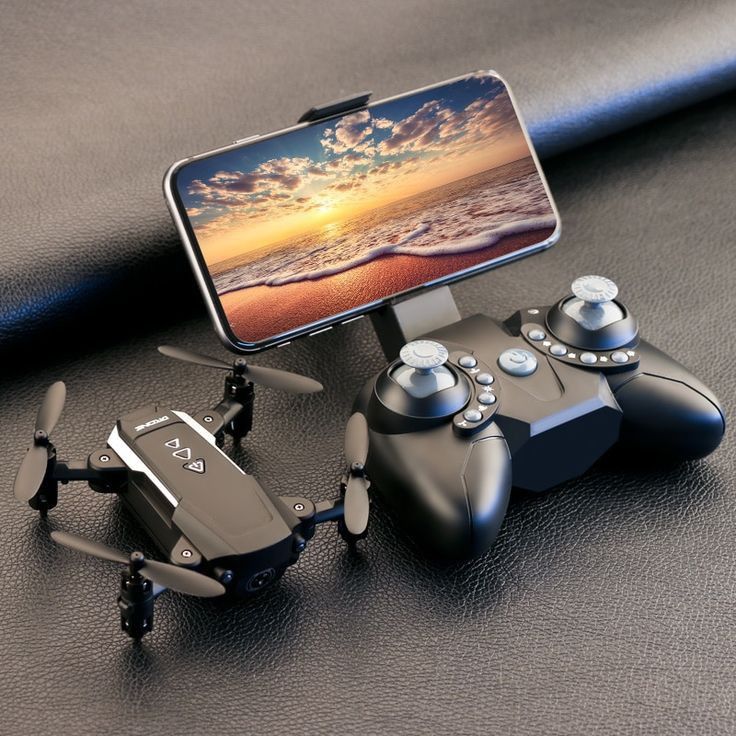
Perfecting Your Shots with Post-processing
Once you’ve captured your aerial shots with your small drone with camera, post-processing plays a crucial role in polishing those images to perfection. Good editing can enhance picture quality, adjust colors, and sharpen details that might otherwise remain unnoticed. This section covers the essential tools and techniques you need for editing your drone photographs.
Essential Editing Tools and Software
To start editing your drone photographs, select the right software. Here are some essential tools:
Photo Editing Software
- Adobe Photoshop: This industry-standard software offers powerful editing tools for both beginners and professionals. Users can perform basic adjustments like exposure and color correction, as well as complex manipulations such as layering and retouching. Its versatility makes it suitable for a wide range of photo editing needs.
- Adobe Lightroom: Known for its user-friendly interface, Lightroom excels in organizing and editing large batches of photos. It provides essential adjustments such as cropping, color grading, and color correction. Lightroom also has advanced features like graduated filters and adjustment brushes, allowing photographers to fine-tune specific areas of an image.
- Advanced Capabilities: Both Photoshop and Lightroom support various editing techniques, such as HDR imaging, panorama stitching, and RAW processing. These features enable photographers to achieve high-quality results from their drone shots.
Drone-Specific Apps
- Tailored for Aerial Photography: Some apps are specifically designed to cater to drone images. These programs often come with presets and adjustments tailored to the unique aspects of aerial photography.
- Presets for Quick Edits: Apps such as DroneDeploy or Litchi may include built-in presets that enhance aerial shots with a single click. These presets optimize color and contrast based on typical drone photography conditions.
- Convenient Adjustments: Features in these apps often focus on common aerial problems, like white balance issues caused by changing light conditions at high altitudes. This can save time and effort during the editing process.
Free Alternatives
- GIMP: As a powerful open-source photo editing program, GIMP (GNU Image Manipulation Program) serves as a robust alternative to paid software. While it may have a steeper learning curve than some user-friendly options, it offers an extensive array of features, from basic editing to complex manipulations.
- Online Editing Platforms: Consider using online platforms such as Pixlr or Fotor if you prefer a more accessible option without downloading software. These platforms provide basic photo editing features, including cropping, resizing, and applying filters.
- Budget-Friendly Solutions: These free alternatives may not include all the advanced features found in professional software, but they often cover essential editing needs for beginners or those on a budget. They are excellent for quick fixes or simple adjustments.
Choose the tool that best fits your skill level and editing requirements. With the right software, you can bring out the best in your aerial imagery.
Editing Techniques for Drone Photographs
Now, let’s dive into some effective editing techniques:
- Cropping and Level Adjustment: Trim your images to enhance composition and use level adjustments to correct tilted horizons.
- Color Correction: Adjust colors to make them look natural or to create a specific mood within the image.
- Sharpness and Detail: Use sharpening tools to bring out the details, especially important in small drone with camera photos that might lack the sharpness of larger cameras.
- Noise Reduction: If you’ve had to increase your ISO, use noise reduction tools to minimize grain and maintain image quality.
- Use of Filters and Presets: Experiment with different filters and presets to quickly achieve a consistent look across your photos.
Editing can be just as creative as the process of taking photos. Spend time learning and experimenting with various tools and techniques to enhance your small drone with camera images. Remember, the goal is to complement the natural beauty of your shots without overdoing the effects.
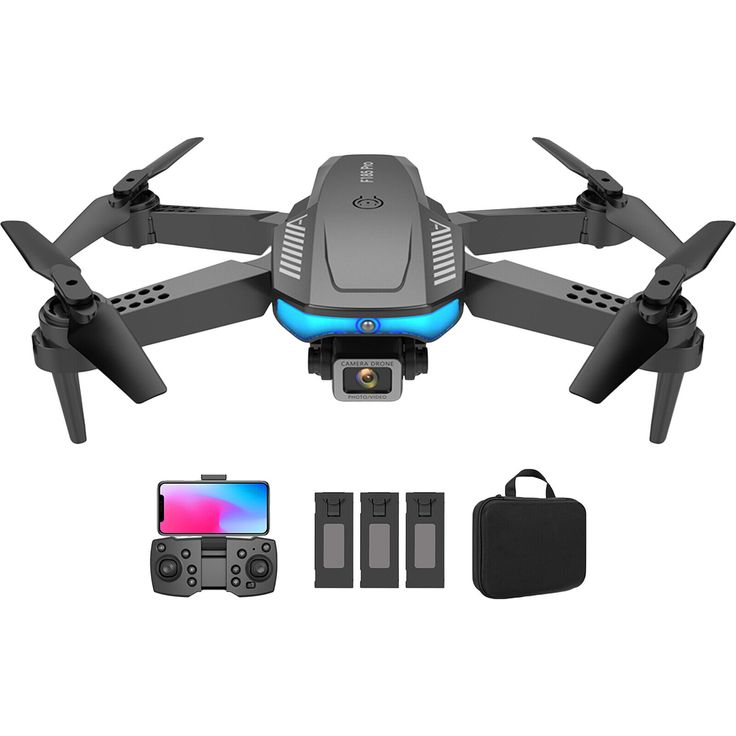
Tips for Safe and Responsible Drone Photography
Practicing safe and responsible drone photography ensures you enjoy flying your small drone with camera without legal troubles or safety concerns. Here’s how to stay on the right side of the law and safety protocols while capturing those breathtaking aerial shots.
Maintaining Line of Sight
Always keep your drone in view when flying. This helps you navigate better and spot any potential hazards. A clear line of sight allows for swift action if needed. It’s a legal requirement in many places and helps keep your drone photography sessions trouble-free.
Respecting Privacy and No-Fly Zones
Be aware of privacy rights when flying your drone. Avoid areas where people expect privacy. No-fly zones are off-limits for good reasons, such as safety and security. Always check maps for restricted areas before takeoff. Respecting these rules is essential for ethical and responsible drone use.
Building a Portfolio and Sharing Your Work
Once you have honed your skills in small drone with camera photography, the next step is showcasing your work. Building a portfolio is vital for displaying your best shots and the progress you’ve made. Share your images to captivate fellow enthusiasts and potential clients.
Best Platforms for Showcasing Drone Images
To display your pictures, choose platforms that highlight your small drone with camera’s capabilities. Photography websites like 500px or Flickr are excellent for professionals and amateurs alike. Social media platforms like Instagram and Facebook give you a wide audience. For a more professional touch, consider creating a personal website. This can act as your digital gallery, where viewers can see your portfolio in full resolution.
Networking and Community Engagement
Engaging with a community is crucial for growth and getting your work noticed. Join drone photography groups or forums to connect with peers. Attend workshops or webinars to learn from experts. Participate in online contests to challenge yourself. Engaging in these activities can lead to valuable collaborations and increase your visibility in the small drone with camera photography community. Remember, active engagement is key to expanding your network and expertise.
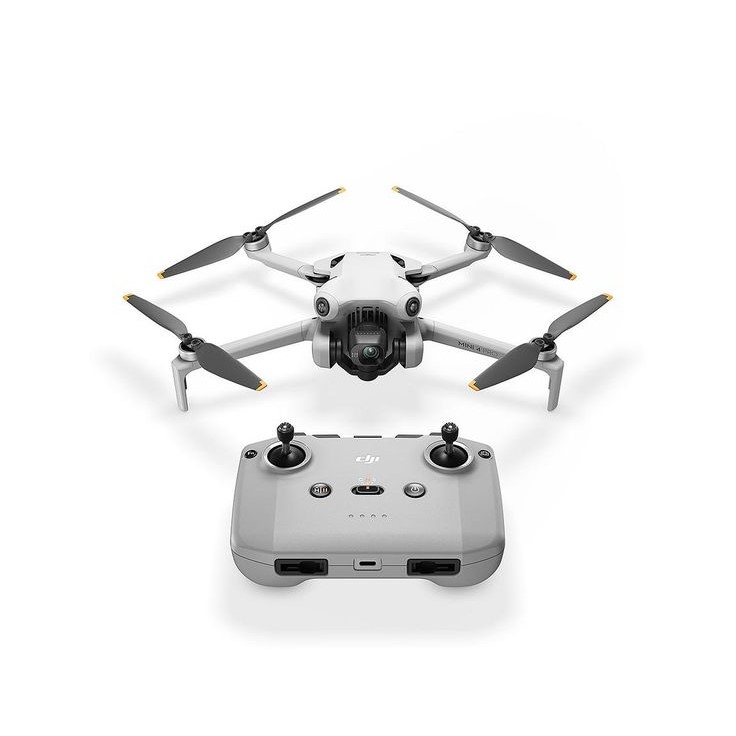
Conclusion: Capture the World with Your Small Drone
In conclusion, mastering the art of aerial photography with a small drone with camera opens up a world of creative potential. By selecting the right drone, planning your shots, mastering flight techniques, and editing effectively, you can capture stunning images that leave a lasting impact. Always be prepared for challenges and safety regulations to ensure a smooth flying experience. Whether you are documenting life’s moments, landscapes, or unique perspectives, harnessing the power of drone photography can elevate your photographic skills to new heights. So gear up, take to the skies, and let your creativity soar!
